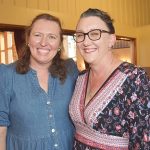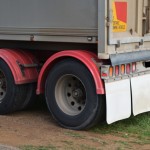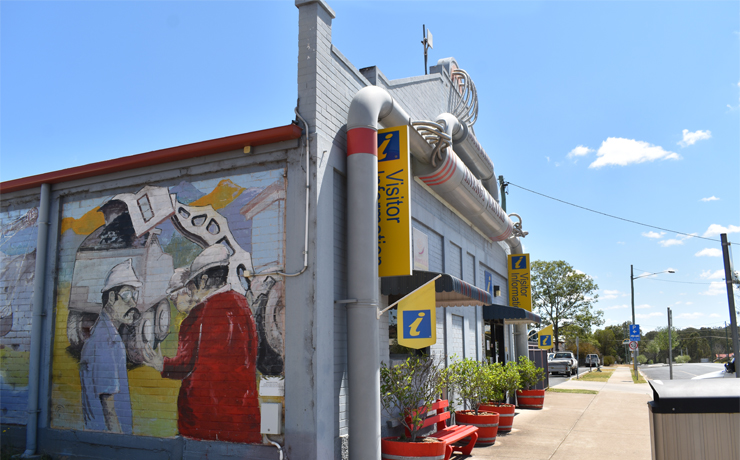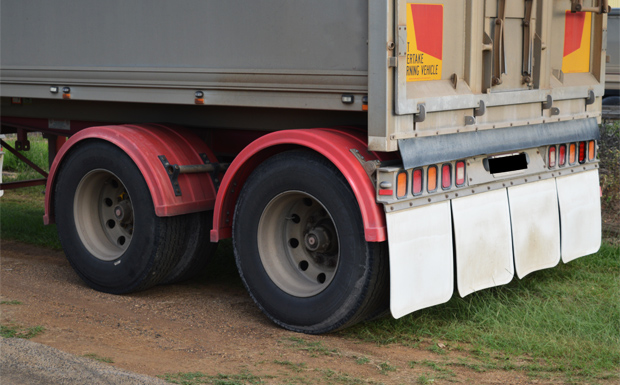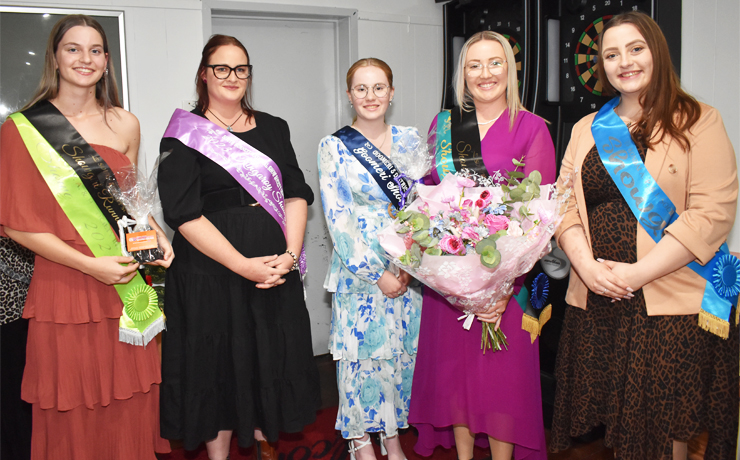February 18, 2020
If you’re unemployed or living in a socio-economically disadvantaged area, the chances of being assaulted more than double, according to figures released on Tuesday by the Australian Bureau of Statistics.
Results from the 2018-19 Crime Victimisation Survey showed that unemployed people were more than twice as likely to experience physical assault as employed people (6.2 per cent compared with 2.4 per cent).
“According to the survey, 3.6 per cent of people living in the most disadvantaged socio-economic areas experienced physical assault, compared to 1.3 per cent of people living in the most advantaged areas,” ABS spokesperson William Milne said.
The national physical assault victimisation rate for all persons aged 15 years and over remained steady at 2.4 per cent between 2017-18 and 2018-19.
Men and women reported their most recent incident of physical assault to police at similar rates, with about half reporting (51 per cent and 54 per cent respectively).
However, the main reasons for not reporting the incident to police differed between men and women.
“The most common reasons why men did not report their most recent incident of physical assault to police were feeling it was too trivial or unimportant, and regarding it as a personal matter,” Mr Milne said.
“For women, the most common reasons were telling somebody else instead, and thinking that the police would be unwilling or unable to do anything.”
* * *
The Australian Bureau Of Statistics reveal that during the 2018-19 reference period:
- 468,200 Australians (2.4 per cent) experienced physical assault;
- 600,900 Australians (3.0pc) experienced threatened assault;
- 231,000 Australian households (2.4pc) experienced a break-in; and
- 439,600 Australian households (4.6pc) experienced malicious property damage.
An estimated 0.4pc of Australians aged 18 years and over (78,300) experienced sexual assault, of which 28pc had the most recent incident reported to police.
Between 2008-09 and 2018-19 there was a decrease in the victimisation rate for persons aged 15 years and over for the following selected personal crimes:
- Physical assault (3.1pc to 2.4pc);
- Face-to-face threatened assault (3.9pc to 2.8pc);
- Non face-to-face threatened assault (1.2pc to 1.0pc); and
- Robbery (0.6pc to 0.4pc).
The victimisation rate for sexual assault in 2018-19 was similar to the rate in 2008-09 (0.3pc).
An estimated 10pc of Australian households (958,900) experienced one or more selected household crimes, including:
- 2.4pc (231,000) experienced break-in;
- 1.9pc (181,900) experienced attempted break-in;
- 0.5pc (46,100) experienced motor vehicle theft;
- 2.5pc (240,600) experienced theft from a motor vehicle;
- 4.6pc (439,600) experienced malicious property damage; and
- 2.1pc (205,300) experienced other theft.
Between 2008-09 and 2018-19 there was a decrease in the victimisation rate for all selected household crimes, including:
- Break-in (3.3pc to 2.4pc);
- Attempted break-in (3.1pc to 1.9pc);
- Motor vehicle theft (1.1pc to 0.5pc);
- Theft from a motor vehicle (4.5pc to 2.5pc);
- Malicious property damage (11.1pc to 4.6pc); and
- Other theft (4.4pc to 2.1pc).







